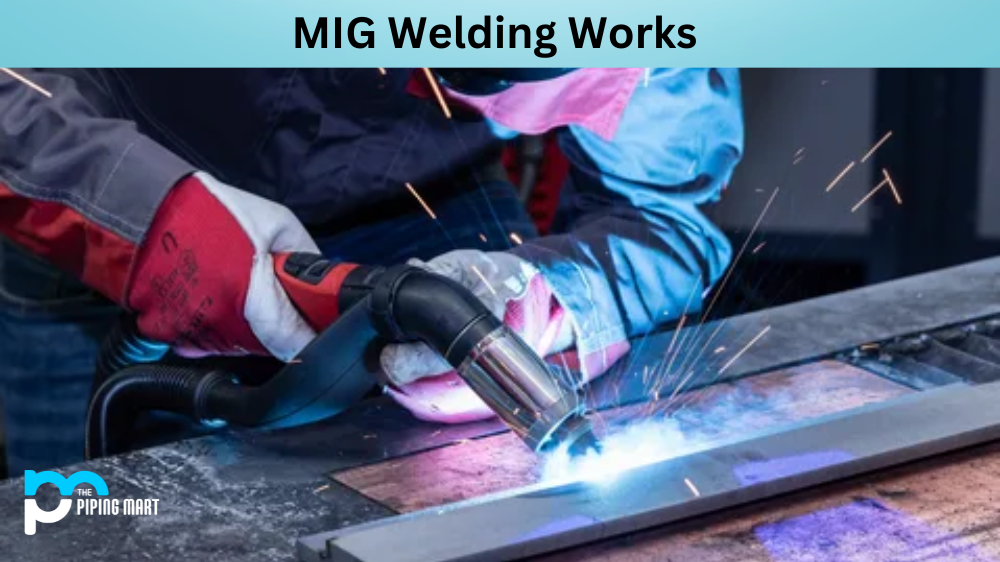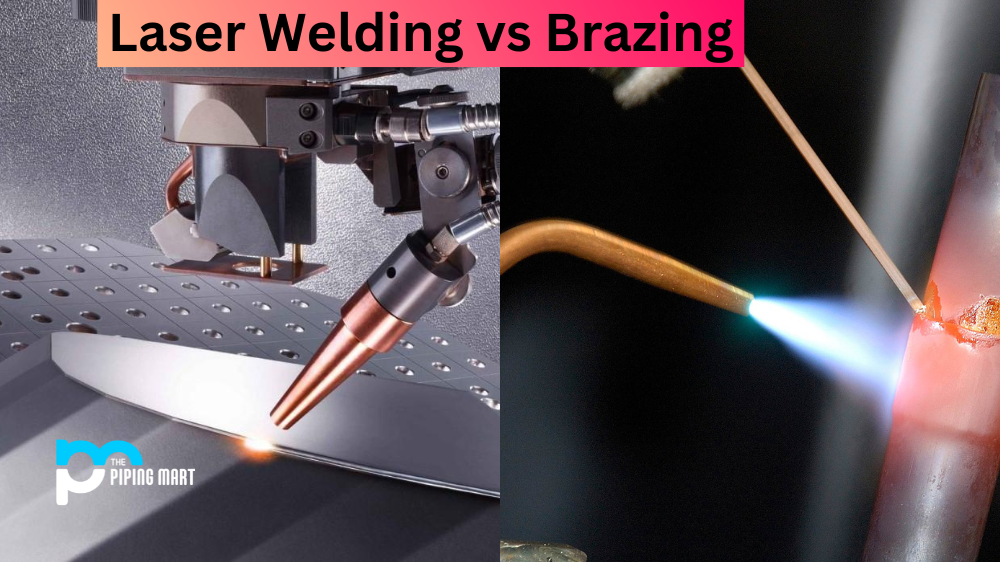Stick welding, shielded metal arc welding (SMAW), and submerged arc welding (SAW) are popular welding processes used in industrial applications. They both involve joining materials together through the use of heat. However, some key differences between these two methods make them better suited for different jobs. Let’s take a look at how SMAW and SAW differ from one another.
SMAW
SMAW is often referred to as stick welding because it involves an electrode made of metal wire that is coated in flux which then creates a protective gas shield around the weld pool as it is being applied. This process offers numerous advantages, including portability, low cost, and versatility with different metals. However, it also has drawbacks, such as slower speeds and less controllable heat levels than other welding processes. SMAW, or Shielded Metal Arc Welding, is a type of welding that uses an electric arc to create heat that melts the metal. An electrode, or rod, is used to create the arc, and a shielding gas protects the weld from contamination. SMAW is a versatile welding process that can be used on a variety of materials, including steel, aluminium, and stainless steel
SAW
Submerged Arc Welding (SAW) is a highly automated process that uses an electric current to form an arc between the material being joined and a consumable electrode, which melts into a pool of molten metal when it comes into contact with the workpiece. The main benefit of this method is its speed – up to five times faster than SMAW – and its ability to produce clean welds on thick plates without any slag inclusion. Additionally, since the arc is submerged beneath a layer of granular flux material, you don’t have to worry about spatter as with other methods such as MIG or TIG welding. Saw, or Submerged Arc Welding is a type of welding that uses an electric arc to create heat that melts the metal. In this process, the electrode and workpiece are submerged in a granular flux, which protects the weld from contamination. Saw is typically used for welding thicker materials such as plate steel and pipe.
Difference Between SMAW and SAW
Advantages of SMAW
SMAW has a number of advantages over other welding processes. One advantage is that it is relatively easy to learn and can be performed by someone with no welding experience. Additionally, SMAW is a very versatile welding process that can be used on various materials. Finally, SMAW is a relatively inexpensive welding process compared to other processes, such as TIG welding.
Disadvantages of SMAW
While SMAW has several advantages, there are also some disadvantages to the process. One disadvantage is that SMAW is slow compared to other processes, such as MIG welding. Additionally, SMAW can be messy as the electrode must be constantly replaced, and the shield gas can be difficult to control.
Advantages of Saw
Saw has a number of advantages over other welding processes. One advantage is that it is a very fast welding process compared to other processes, such as SMAW. Additionally, Saw produces very little smoke and spatter, making it a cleaner welding process. Finally, Saw can be automated, making it ideal for manufacturing applications.
Disadvantages of Saw
While Saw has several advantages over other welding processes, there are also some disadvantages associated with the process. One drawback is that Saw requires more expensive equipment than other processes, such as MIG welding. Additionally, Saw can be difficult to learn and may require some training before being able to weld correctly.
Conclusion:
When deciding which type of welding process is best for your project, you should consider both SMAW and SAW based on their strengths and weaknesses. While SMAW offers convenience and cost-effectiveness for thin materials, SAW provides increased speed and accuracy when dealing with thicker materials. Ultimately, the choice depends on what application you’re working on; if you need precise results quickly, then SAW may be your best bet, while if you need more control over your welds, stick welding might be more suitable for your needs. Though no matter what type of project you’re working on, familiarizing yourself with both processes will give you a better idea of which works better for each task at hand!

A passionate metal industry expert and blogger. With over 5 years of experience in the field, Palak brings a wealth of knowledge and insight to her writing. Whether discussing the latest trends in the metal industry or sharing tips, she is dedicated to helping others succeed in the metal industry.




